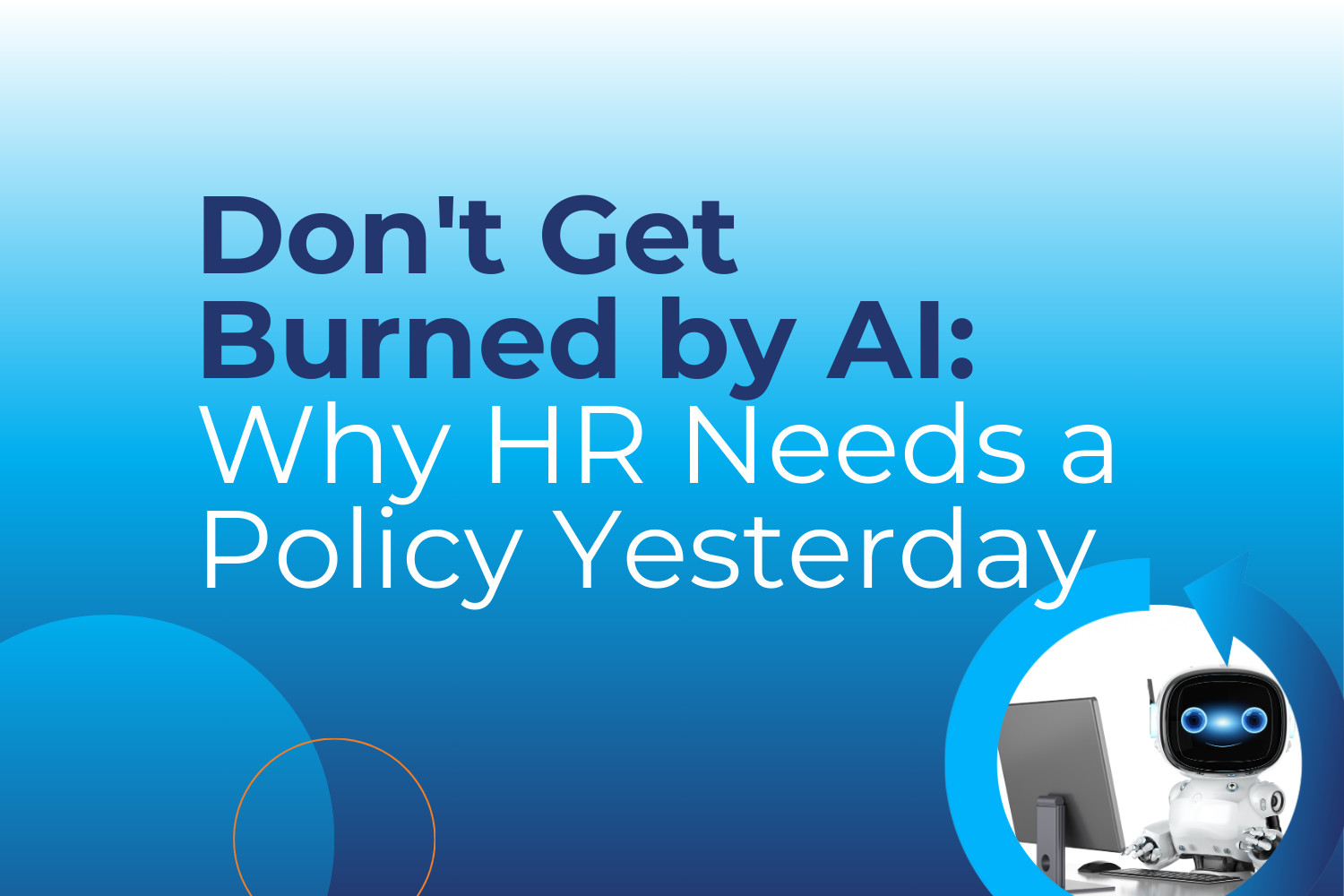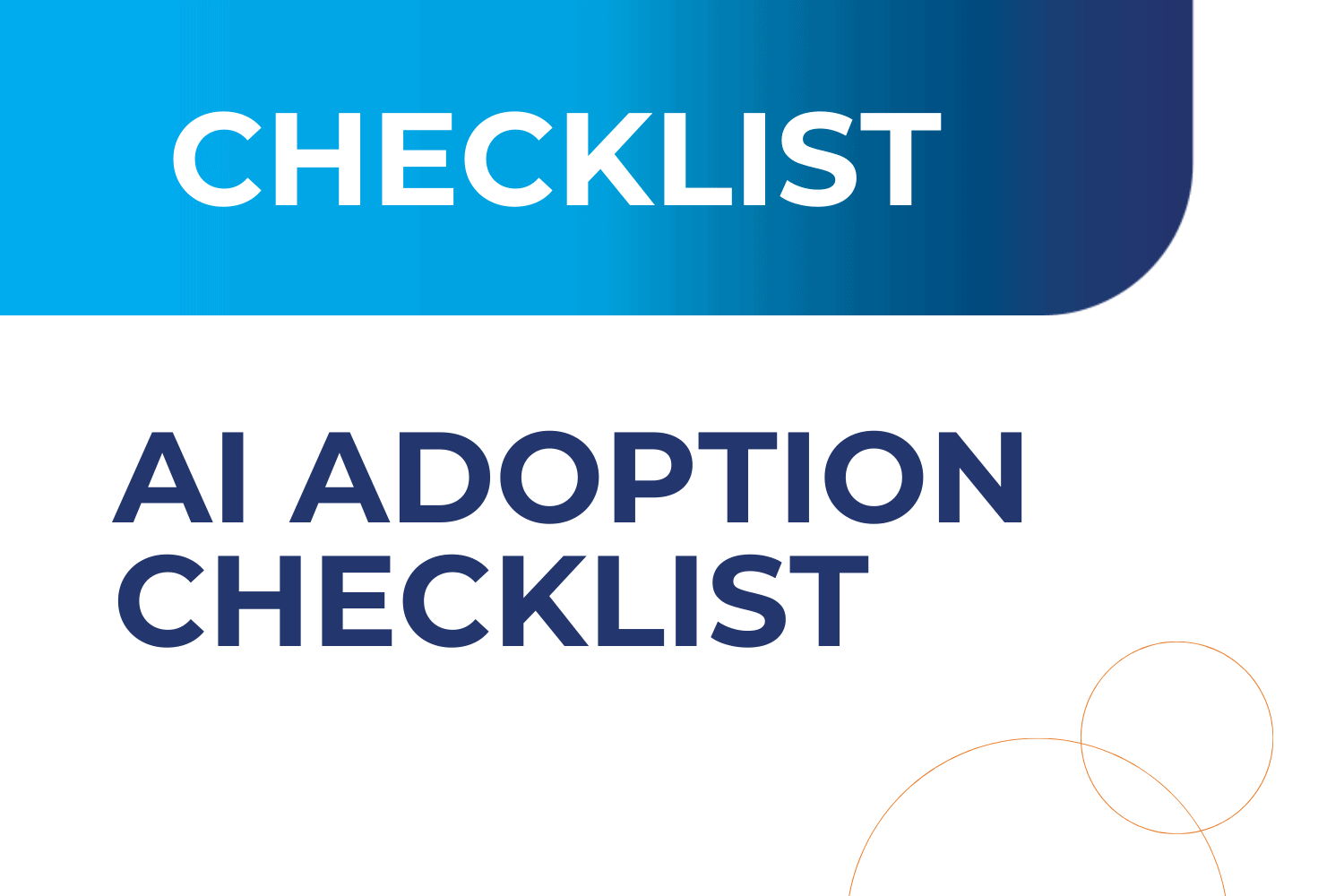ACA Reporting Codes: 2020 Cheat Sheet

Subject employers should be tackling ACA reporting for 2020 right now. (Don’t forget that MP clients can expedite their ACA reporting with our payroll software and HR consulting, making the process take hours, or even days less.) While the ACA reporting requirements have stayed the same, there are some new codes that organizations may need to use. These are primarily for instances in which Independent Coverage Health Reimbursement Arrangements (ICHRAs) have been offered. Below, MP’s HR services team provides a refresher on the important evergreen codes for ACA filing and a list of the new ones.
ACA Reporting 2020 Cheat Sheet: Form 1095-C Line 14 Codes
Note that codes 1A, 1E, and 1H are the most commonly used.
- 1A: Qualifying Offer. You offered a plan that was minimum essential coverage (MEC) and minimum value (MV) to the employee (EE). This also means that the offer was affordable because it’s less than, or equal to, the current year single, mainland federal poverty line. MEC was offered to spouses and dependents as well. This code should be used when an employee was offered family coverage and offered MEC providing MV. The coverage is affordable because it’s equal to, or below, the percentage of the federal poverty level that the IRS has established for the reporting year.
- 1B: Coverage offered to EE only. MEC coverage providing MV was offered to EE only. This code should be used when the coverage was not offered to the spouse or children, COBRA offered to the employee after losing coverage, no COBRA was offered to dependents because none had been covered.
- 1C: Coverage is not offered to the spouse. MEC and MV coverage offered to EEs and their children only. This code should be used when spouses are not included in coverage.
- 1D: Coverage is not offered to children. MEC and MV coverage is offered to EEs and spouses only. Use this code when children are not included in coverage.
- 1E: MEC and MV coverage offered to EE. Minimum essential coverage providing minimum value is offered to the employee and MEC is offered to dependent(s) and spouse. This code should be used if coverage may not be affordable, or if the coverage is affordable, based on either W2 earnings or rate of pay.
- 1F: Coverage does not provide MV. MEC is offered to EE, spouse and/or children, but not MV. Use this code when coverage does not provide MV.
- 1G: Self-insurance coverage is offered to an EE who was not a full-time (FT) employee for any month of the calendar year. This code should only be used with a self-insured plan. Non-full-time employees are eligible for the plan. Dependents that have independently elected COBRA or other people that are offered benefits, but not on the payroll (Board of Directors, S-Corp presidents, etc.)
- 1H: No coverage was offered, or it was not considered MEC for the EE. EE was in a limited non-assessment period, not currently an employee, ineligible for coverage, not considered MEC, not offered for the entire month, or the employee was terminated and offered COBRA coverage.
- 1I: Code reserved. Not being used at this time.
- 1J: MEC providing MV is offered to EE. Additionally, at least MEC offered conditionally to spouse, but no coverage offered to dependents. Use this code when coverage that is offered to EE is only offered to the spouse if they don’t receive an offer of coverage from their employee. No coverage is offered to dependent children.
- 1K: MEC providing MV is offered to EE and dependents. At least MEC is offered conditionally to spouse. Use this code when coverage that is offered to EE and dependent children is offered to the spouse if they don’t receive an offer of coverage from their employer.
- 1L: Individual coverage ICHRA is offered to EE. It’s affordable based on the primary residence zip code. Use this code when ICHRA is offered to the employee only with affordability determined by using the employee’s primary residence location zip code.
- 1M: Individual coverage ICHRA offered to employee and dependent. It’s affordable based on primary residence zip code. ICHRA is offered to the employee and dependent(s) (not the spouse) with affordability determined by using employee’s primary residence location zip code.
- 1N: ICHRA is offered to employee, spouse, and dependent. It’s affordable based on EE’s primary residence zip code. Use this code when ICHRA is offered to EE, spouse and dependent(s) with affordability determined by using employee’s primary residence location zip code.
- 1O: ICHRA offered to employee. It’s affordable based on EE’s primary employment site zip code. Use this code when ICHRA is offered to the EE only using the employee’s primary employment site zip code affordability safe harbor.
- 1P: ICHRA is offered to EE and dependent(s). It’s affordable based on EE’s primary employment site zip code. Use this code when ICHRA is offered to employee and dependent(s) (though not spouse) using EE’s primary employment site zip code as the affordability safe harbor.
- 1Q: ICHRA is offered to EE, spouse, and dependent(s). It’s affordable based on EE’s primary employment site zip code. Use this code when ICHRA is offered to EE, spouse, and dependent(s) using EE’s primary employment site zip code as the affordability safe harbor.
- 1R: ICHRA is offered, but unaffordable to EE, EE and spouse, EE and dependent(s), or EE, spouse, and dependent(s).
- 1S: ICHRA is offered to non-full-time EE.
ACA Reporting Cheat Sheet: Form 1095-C Codes for Line 16 or Code Series 2
- 2A: EE was not employed on any day during the month. Use this code when EE is not hired yet. Don’t use it for the month they’re hired if they were hired mid-month. You may need to use this if you used code 1H.
- 2B: EE is not a full-time employee. Use this code when EE is part-time, seasonal, or a variable hour employee. This code can also be used when the employee is in a Measurement Period and full-time status hasn’t been established or when EE was terminated in this month.
- 2C: This code is used very frequently. Use this code when EE accepts and is enrolled in an offer of coverage, even if the coverage was not MEC, MV, or affordable. This code shows that EE had coverage.
- 2D: EE is in a section 4980H(b) Limited Non-Assessment Period (LNAP). Use this code for any month that the employee was in an LNAP or in an initial Measurement Period.
- 2E: This code is usually seen with unions. It denotes multi-employer interim rule relief. Use this code the month that EE would fall under the multi-employer interim guidelines or, when a portion of your workforce is eligible for a multi-employer (union) plan, and you make an ongoing contribution to that plan on behalf of your employees.
- 2F: Coverage is affordable based on Form 4980H W-2 Safe Harbor. Use this code when employer used the section 4980h Form W-2 Safe Harbor to determine affordability.
- 2G: Coverage offered is affordable based on section 4980H Federal Poverty Level Safe Harbor. Use this code when coverage is affordable based on the yearly federal poverty level for the month.
- 2H: Coverage offered is affordable based on the Section 4980H Rate of Pay Safe Harbor. Use this code when coverage is affordable based on the Rate of Pay Safe Harbor for the month.
Recent Posts
- The Real Reason Your New Hires Quit (And How to Fix It with Smarter Onboarding) – Zip Drive INCLUDED
- Learn & Grow: The Learning Management System for Employee Engagement and Retention
- From Attic to Innovation: Jason Maxwell’s HR Leadership Journey
- Pay Transparency FAQs: Salary Range Laws, Compliance Tips & Remote Worker Rules
- How to Achieve Pay Transparency Compliance in 2025: A 5-Step Guide for Employers
Categories
- ACA (10)
- AI (6)
- BizFeed (6)
- Business Strategy (119)
- COBRA (5)
- Compliance (200)
- COVID-19 (92)
- Diversity (12)
- eBooks (19)
- Employee Engagement (33)
- Employee Handbooks (24)
- ERTC (29)
- FFCRA (7)
- HR (306)
- MP Insider (13)
- Payroll (120)
- PFML (9)
- PPP (24)
- PTO (5)
- Recruiting (53)
- Remote Work (39)
- Return to Work (32)
- Unemployment (1)
- Wellness (22)
Archives
- April 2025
- March 2025
- February 2025
- January 2025
- December 2024
- November 2024
- October 2024
- September 2024
- August 2024
- July 2024
- June 2024
- May 2024
- April 2024
- March 2024
- February 2024
- January 2024
- December 2023
- November 2023
- October 2023
- July 2023
- June 2023
- May 2023
- April 2023
- March 2023
- January 2023
- December 2022
- October 2022
- September 2022
- August 2022
- July 2022
- June 2022
- May 2022
- April 2022
- March 2022
- February 2022
- January 2022
- December 2021
- November 2021
- October 2021
- September 2021
- August 2021
- July 2021
- June 2021
- May 2021
- April 2021
- March 2021
- February 2021
- January 2021
- December 2020
- November 2020
- October 2020
- September 2020
- August 2020
- July 2020
- June 2020
- May 2020
- April 2020
- March 2020



